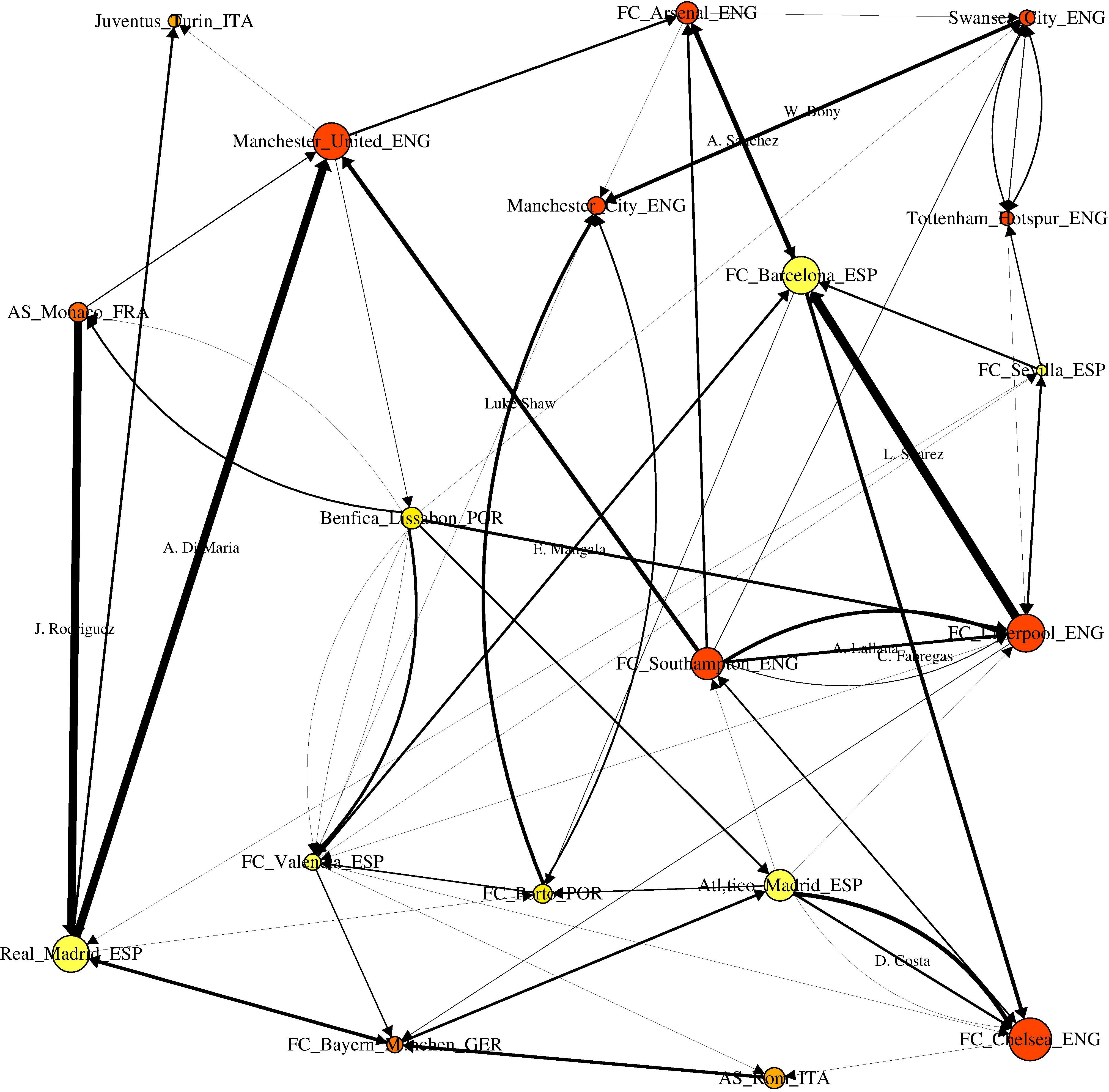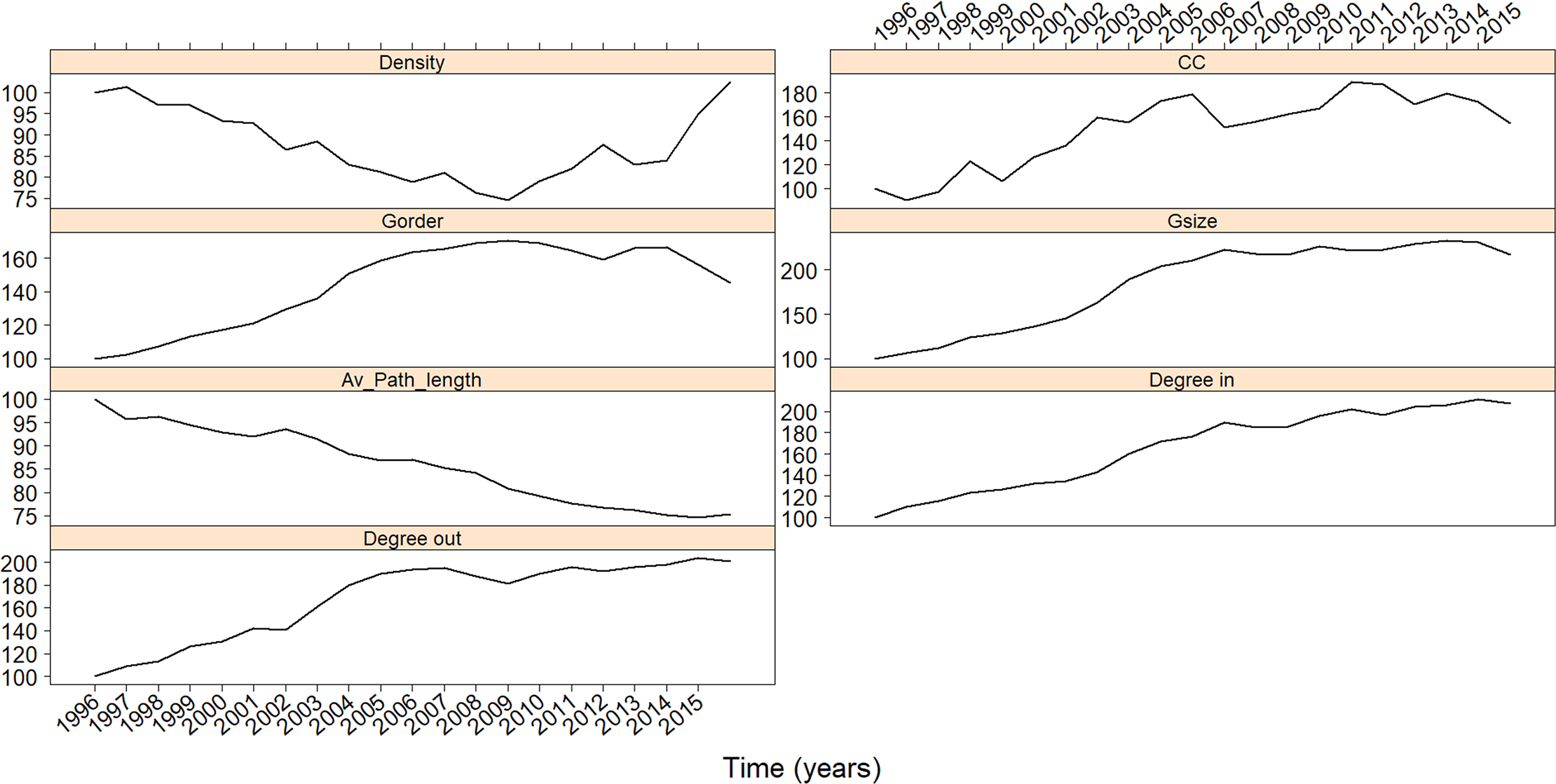Introduction
Football (soccer) is the most popular sport in the world, having the most global audience for decades and it’s not looking to stop at all. Though the entertainment and competition aspect is what brings people to love the sport, there is also the very lucrative side of the business of the sport. “The global football market size was valued at $1,883.6 million in 2019. According to the global football market analysis, it is estimated to reach $3,712.7 million by 2027,” (Anand and Deshmukh 2021). Besides the club-side businesses like selling tickets, merchandising, and other goods, the players themselves, the most important piece of the sport, gets sold with very expensive prices from club to club, being a large part of the business side. In fact, the most expensive recorded transfer for a single football player cost €222 million from FC Barcelona to Paris Saint-Germain FC in 2017 (Kogi and Wangare 2022). That player was Neymar Jr. who is still playing for Paris until today and is still a highly-rated player. When applying network science to the football transfer market, a study that analyzed all the transfers data from the 1996/97 to 2015/16 season.
Discussion
Figure 1 is one simple result from the data visualized in a graph network from data of a single season (Matesanz et al. 2018). From just a single season and a graph limited to bigger european clubs, it is easy to see how complex the networks can be, and how different clubs have a larger in-degree than out-degree like Manchester City, showing that in this particular market window they made more signings in instead of out. In this case we see that the club is trying to strengthen their squad and is investing a lot of money with making a lot of signings into the club.
 Fig 1
Fig 1
Transfer sub-network for season 2014/2015.
Transfer market activities among clubs that have transferred players (in and out) with an overall transfer fee volume greater than €70 million are illustrated. Nodes’ (clubs’) colors correspond to the league, while node sizes correspond to the total transfer fee volume traded by every club. The widths of links are proportional to player costs. Only the names of players transferred for more than €30 million are displayed.
Figure 2 shows the various characteristics of the network as years pass by. An observation that can be made is how the degree out and degree in graphs are almost identical across all the years. This result makes sense in reality since a club would not be able to keep signing players in and having no players go to another club or they would go bankrupt at that rate. Another interesting observation is the average path length, showing that as years go by, clubs are making wider more various connections with clubs not just geologically close to them but even with clubs across continents for example.

Fig 2
Evolution of the network measures (fixed base).
Different descriptive network measures. Density: density of links/transfers, average (over the network nodes/clubs). Clustering Coefficient, Gsize: number of network links/transfers, Gorder: number of network nodes/clubs, Degree-in: average number of incoming links/transfers per club, Degree-out: average number of outgoing links/transfers per club. Years in the x-labels correspond to the first year of the season (i.e. 1996 for 1996–1997 season).
Conclusion
This paper shows how network science can be used in the area of football transfer markets to see interesting results in how clubs behave within a single season and over decades of transfers. It is interesting to see how some of the clubs’ behaviors stay consistent and others differ as time goes by, as seen from the graphs given in Figure 2 for example. In conclusion, transfer markets or transactions in general is a great aspect of business to apply network science in and see behavior and analyze outcomes or determine correlations and football is just an application of this.
References
Anand, Kumar, and Roshan Deshmukh. “Football Market Size, Share & Growth: Industry Forecast – 2027.” Allied Market Research, May 2021, https://www.alliedmarketresearch.com/football-market-A11328.
Kogi, Claudia, and Jackline Wangare. “Who Are the Top 10 Most Expensive Football Transfers Ever Ranked?” SportsBrief, 2 Nov. 2022, https://sportsbrief.com/facts/top-listicles/14035-who-top-10-expensive-football-transfers-ranked/
Matesanz, David, et al. “Transfer Market Activities and Sportive Performance in European First Football Leagues: A Dynamic Network Approach.” PLOS ONE, vol. 13, no. 12, 2018, https://doi.org/10.1371/journal.pone.0209362.